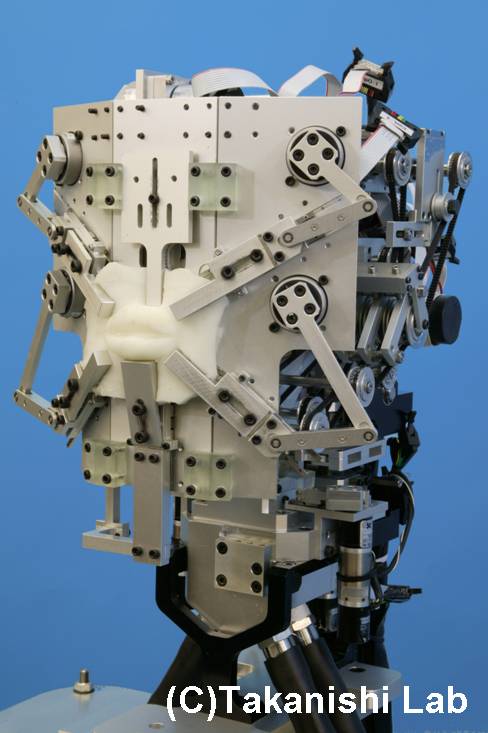In previous posts, I’ve looked at the relationship between cultural evolution and demography (see here, here and here). As such, it makes sense to see if such methods are applicable in language which is, after all, a cultural product. So, having spent the last few days looking over the literature on language and demography, I found the following paper on population size and language change (free download). In it, the authors, Søren Wichmann and Eric Holman, use lexical data from WALS to test for an effect of the number of speakers on the rate of language change. Their general findings argue against a strong influence of population size, with them instead opting for a model where the type of network influences change at a local level, through different degrees of connectivity between individuals. Here is the abstract:
Previous empirical studies of population size and language change have produced equivocal results. We therefore address the question with a new set of lexical data from nearly one-half of the world’s languages. We first show that relative population sizes of modern languages can be extrapolated to ancestral languages, albeit with diminishing accuracy, up to several thousand years into the past. We then test for an effect of population against the null hypothesis that the ultrametric inequality is satisified by lexical distances among triples of related languages. The test shows mainly negligible effects of population, the exception being an apparently faster rate of change in the larger of two closely related variants. A possible explanation for the exception may be the influence on emerging standard (or cross-regional) variants from speakers who shift from different dialects to the standard. Our results strongly indicate that the sizes of speaker populations do not in and of themselves determine rates of language change. Comparison of this empirical finding with previously published computer simulations suggests that the most plausible model for language change is one in which changes propagate on a local level in a type of network in which the individuals have different degrees of connectivity.
As I’m in the middle of several other things at the moment I don’t really have time to provide a thorough review of this paper. Having said that, I agree with their claim of population size being unlikely to account for rates of language change. I reckon their results would be stronger if they factored in population density. So those that are dense and large will change faster than those which are large and distributed. The main point being that population size and population density influence the degree of social interconnectivity. Nettle (1999), for instance, argues that “spreading an innovation over a tribe of 500 people is much easier and takes much less time than spreading one over five million people.” This is fairly reasonable if we are looking at the generation of a single innovation within each of these populations. However, if those 500 people are spread across a large distance, then their transmission chain is going to be stretched: effectively lowering the rate of transmission. The same applies for a population of five million individuals who are packed into a small area: Arguably, given the right conditions, we can arrive at a situation where a population of five million show greater levels of interconnectivity than 500. I think it’s this aspect, the level of social interconnectivity, which may be more relevant to the rate of language change (other things to test for, include: writing systems/literacy and inter-language contact).


